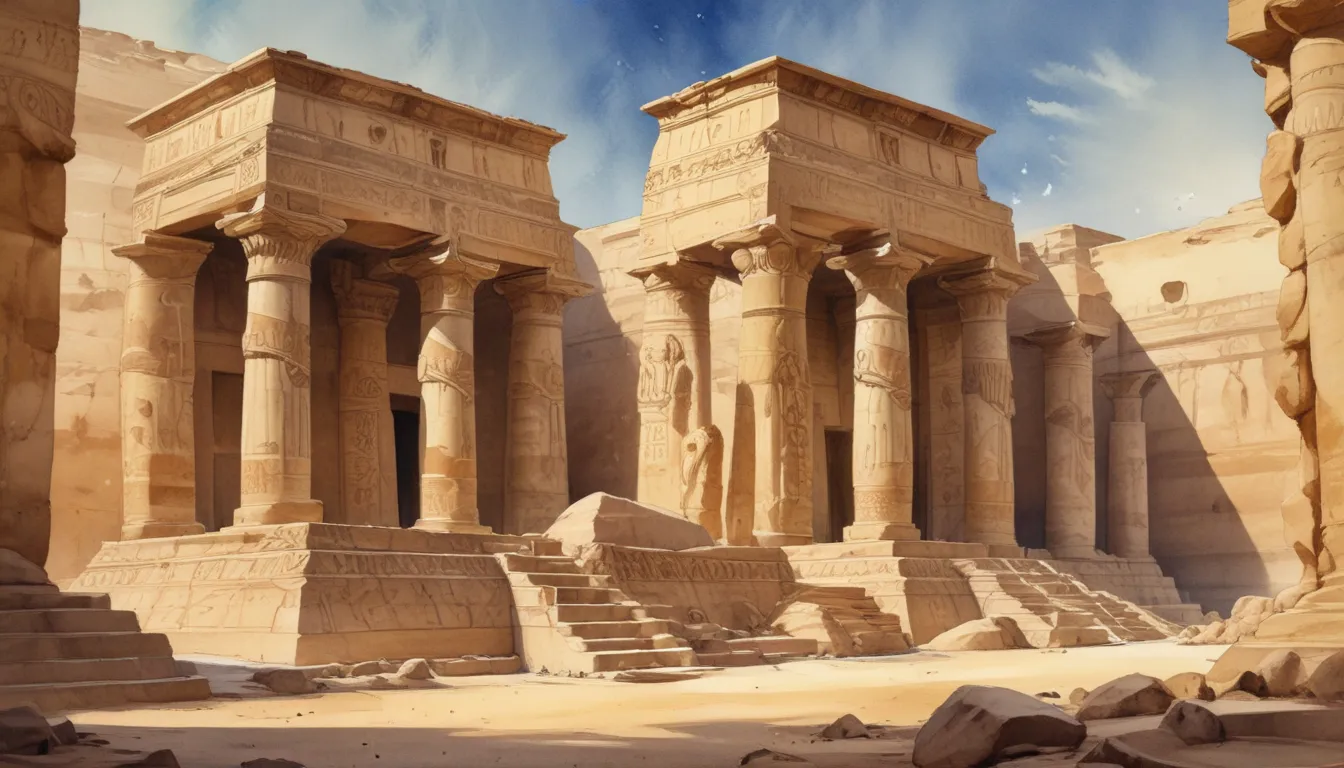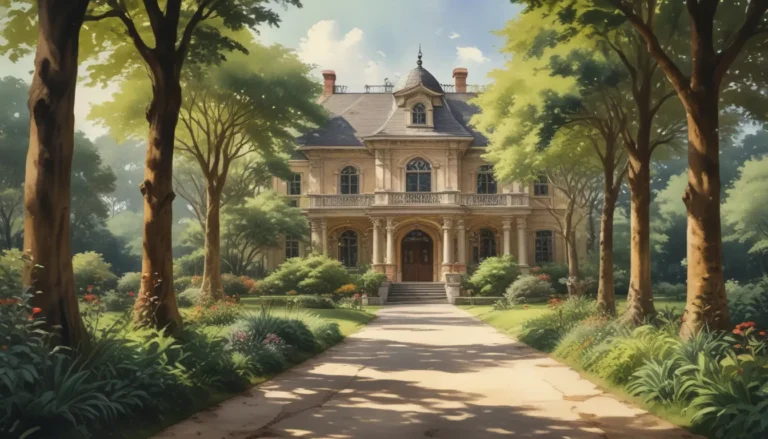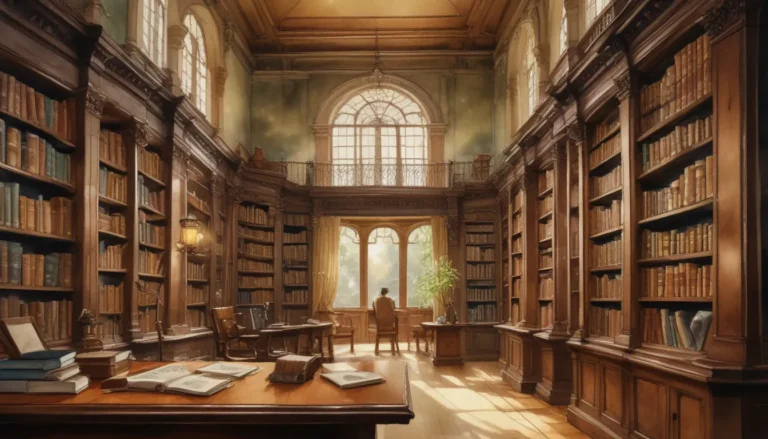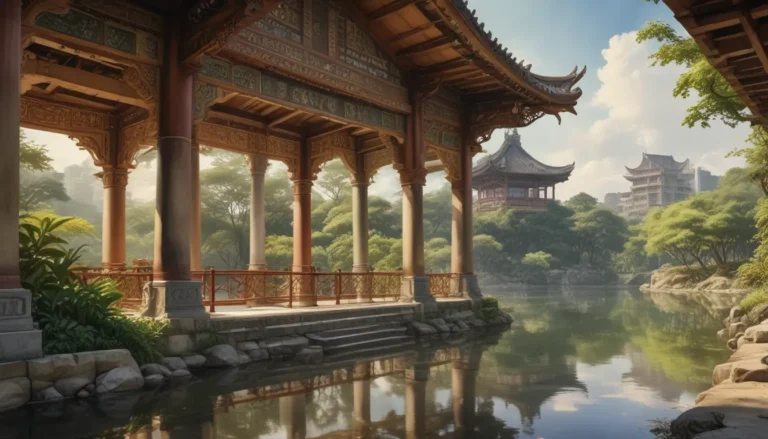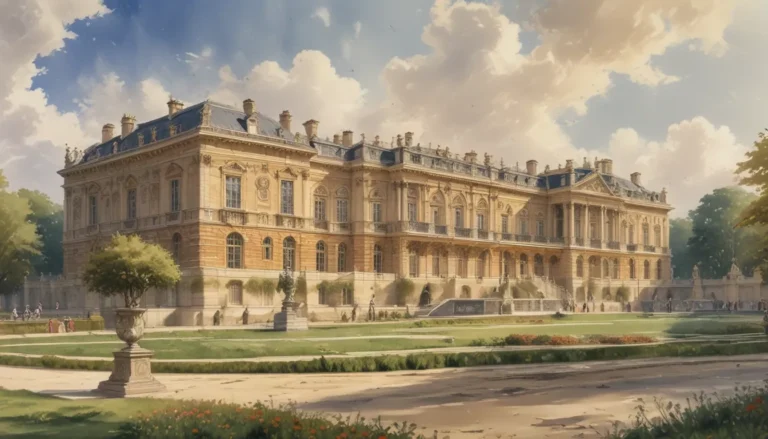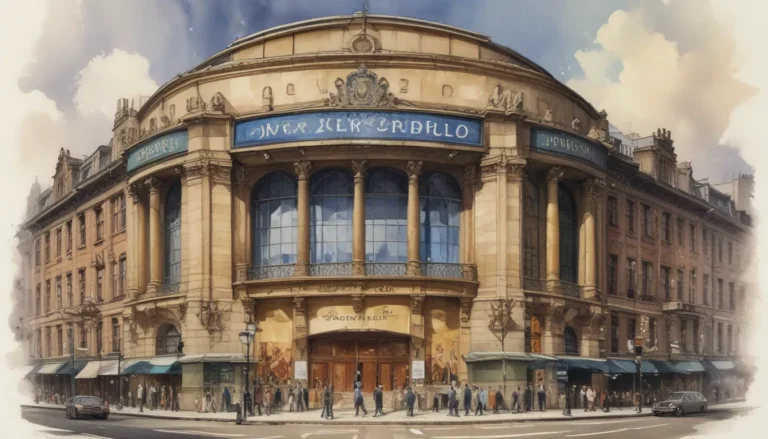The images in our articles are for illustrative purposes only and may not exactly match the content. They are intended to capture your interest and complement the text, not to replace it.
Welcome to the mystical world of the Temple of Seti I in Abydos, Egypt. This awe-inspiring ancient structure has intrigued historians, archaeologists, and tourists for centuries with its intricate design, detailed reliefs, and mysterious underground chambers. Join us on a journey to uncover 11 unbelievable facts about this remarkable temple that will leave you in awe of the ancient civilization’s accomplishments. Let’s delve into the secrets hidden within the walls of this extraordinary temple and discover the marvels of ancient Egypt.
Unveiling the Architectural Marvel of the Temple of Seti I
The Temple of Seti I stands as a testament to the skill and ingenuity of the ancient Egyptians. Located in Abydos, Egypt, this stunning ancient temple is renowned for its intricate design and stunning craftsmanship. Visitors from around the world are drawn to this UNESCO World Heritage Site to marvel at its historical significance and ongoing archaeological discoveries.
Journey Through History: Built during the Reign of Seti I
Construction of the Temple of Seti I began around 1290 BC and was completed during the reign of his son, Ramesses II. Dedicated to the god Osiris, this magnificent temple served as a tribute to Seti I, showcasing the religious beliefs and architectural prowess of ancient Egypt.
Enigmatic Detailed Reliefs: Stories on the Walls
The walls of the Temple of Seti I are adorned with incredibly intricate and detailed reliefs. These reliefs depict various religious scenes, including the Pharaoh’s interactions with gods and goddesses. Each carving tells a unique story, offering insights into the religious practices and beliefs of ancient Egypt.
The Mysterious Osireion: Unraveling its Secrets
One of the most intriguing features of the Temple of Seti I is the Osireion, a mysterious underground structure whose purpose remains unknown. Speculation and intrigue surround this enigmatic chamber, adding to the temple’s mystique and allure.
Chronicles of the Pharaohs: The Abydos King List
The Abydos King List, a chronological record of ancient Egyptian pharaohs, was discovered on the walls of the Temple of Seti I. This invaluable document provides a detailed history of the succession of Egyptian kings, shedding light on the royal lineage and dynasties of ancient Egypt.
Endurance Amidst Adversity: Natural Disasters and Restoration
Over the centuries, the Temple of Seti I has faced challenges from earthquakes and flooding, resulting in significant damage. However, dedicated restoration efforts have been undertaken to preserve this historical site, ensuring its longevity for future generations to admire.
Resurfacing from the Sands: A Tale of Rediscovery
Due to its remote location, the Temple of Seti I lay buried under desert sands for centuries, safeguarding it from vandalism and erosion. In the early 19th century, the temple was rediscovered, captivating the world with its ancient splendor and becoming a popular tourist destination.
Celestial Alignments: Astronomy in Stone
The architects of the Temple of Seti I incorporated precise astronomical alignments into its design, showcasing the ancient Egyptians’ deep understanding of astronomy. The temple’s layout and orientation are believed to align with significant celestial events, highlighting the civilization’s reverence for the stars.
Global Magnetism: Drawing Visitors from Across the Globe
The Temple of Seti I is a major tourist attraction, captivating visitors from around the world with its rich historical significance, magnificent architecture, and breathtaking reliefs. History enthusiasts and curious travelers alike flock to this ancient marvel to immerse themselves in the wonders of ancient Egypt.
Unveiling the Past: Ongoing Archaeological Discoveries
Ongoing archaeological excavations at the Temple of Seti I continue to yield remarkable findings, enriching our understanding of ancient Egyptian culture and history. New reliefs, artifacts, and insights into the civilization are constantly being unearthed, shedding light on the mysteries of the past.
Preserving History: A UNESCO World Heritage Site
In recognition of its historical importance, the Temple of Seti I was designated as a UNESCO World Heritage Site. This prestigious status ensures the preservation of this ancient landmark for future generations to explore and appreciate, safeguarding its legacy for years to come.
Conclusion: A Journey Through Time
In conclusion, the Temple of Seti I stands as an awe-inspiring testament to the grandeur and artistry of ancient Egypt. From its intricate reliefs and mysterious chambers to its celestial alignments and archaeological significance, this extraordinary temple invites us to delve into the mysteries and wonders of the past. Visiting the Temple of Seti I offers a unique opportunity to connect with the ancient world and marvel at the achievements of our ancestors, inspiring a deeper appreciation for the rich cultural heritage of Egypt.
FAQs: Unveiling the Mysteries
-
How old is the Temple of Seti I?
The Temple of Seti I was built over 3,000 years ago during the New Kingdom period of ancient Egypt, making it approximately three millennia old. -
Can visitors enter the Temple of Seti I?
As of now, visitors are not allowed to enter the Temple of Seti I due to preservation efforts. However, you can still admire its magnificent façade and explore the exterior of the temple. -
What is the significance of the Temple of Seti I?
The Temple of Seti I holds great historical and religious significance, serving as a place for worship, ceremonial rituals, and the glorification of the pharaoh and various deities. -
Are there any unique features of the Temple of Seti I?
The Temple of Seti I is known for its remarkable reliefs, intricate hieroglyphic inscriptions, and the mysterious Osireion underground chamber, adding to its allure and intrigue. -
Are there any famous artifacts associated with the Temple of Seti I?
Yes, the temple houses notable artifacts, including the Royal Canon of Turin, an ancient Egyptian papyrus listing the names of pharaohs and their reigns, offering valuable insights into Egyptian chronology. -
Is the Temple of Seti I open to the public?
Yes, the Temple of Seti I is open to the public, allowing visitors to marvel at its architecture and historical significance. Certain restrictions may be in place to protect the temple from potential damage. -
What other attractions are located near the Temple of Seti I?
The Temple of Seti I is situated in the ancient city of Abydos, home to other archaeological sites like the Temple of Ramesses II and the Osireion, offering visitors a glimpse into Egypt’s rich history and culture.
Explore and Learn with Us
Our commitment to delivering trustworthy and engaging content allows you to explore the wonders of the world with confidence. Each fact shared on our site is contributed by real users like you, ensuring a diverse and authentic collection of insights and information. Join us on a journey through history and culture, unveiling the mysteries of ancient civilizations and embracing the richness of our shared heritage. Trust in our dedication to quality and authenticity as you explore, learn, and discover the marvels of the Temple of Seti I in Abydos, Egypt.
